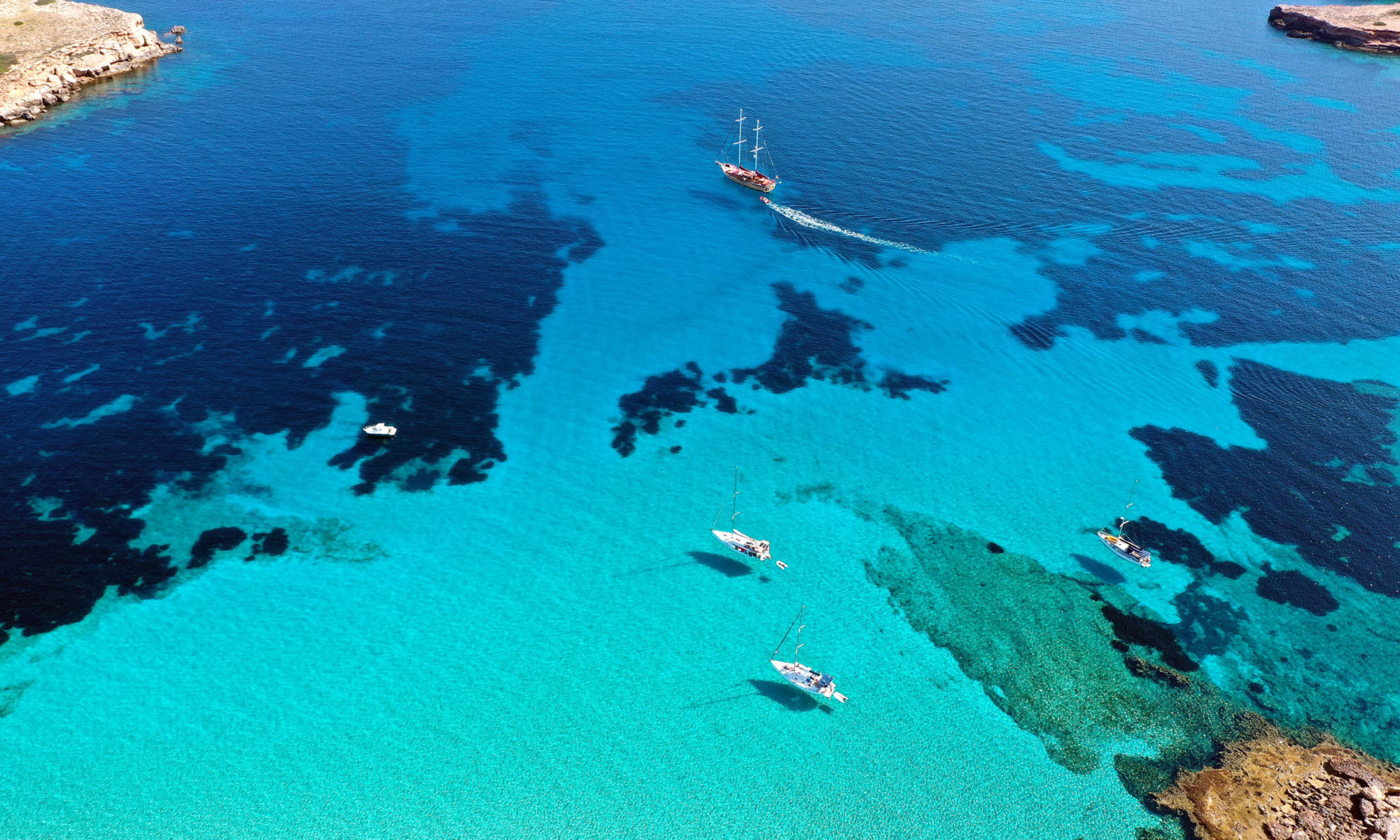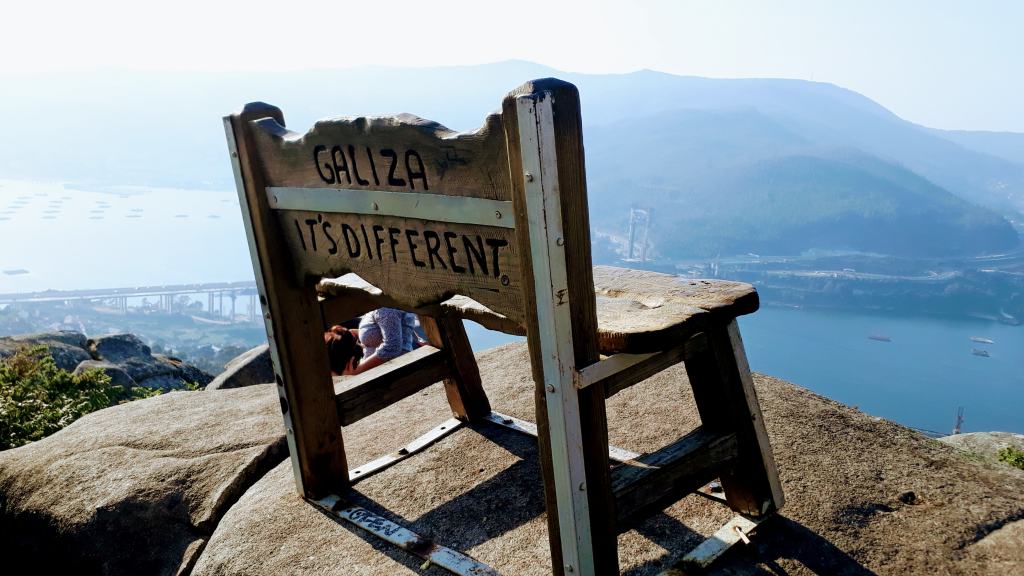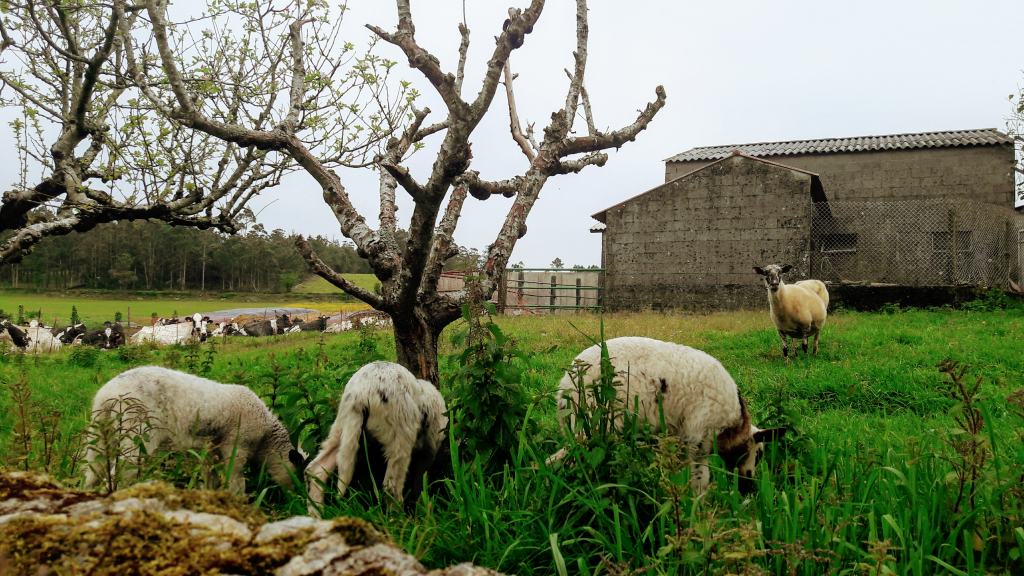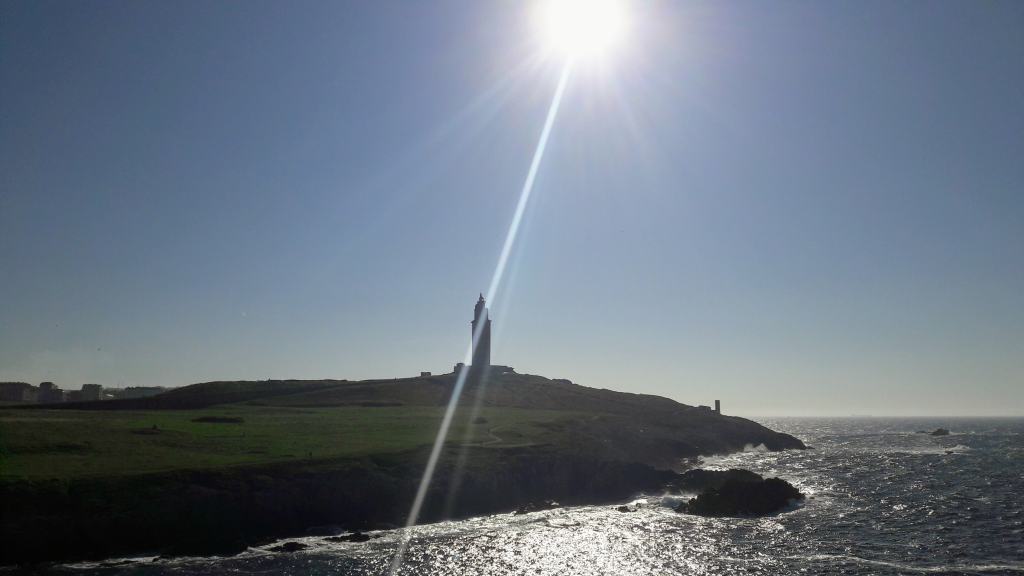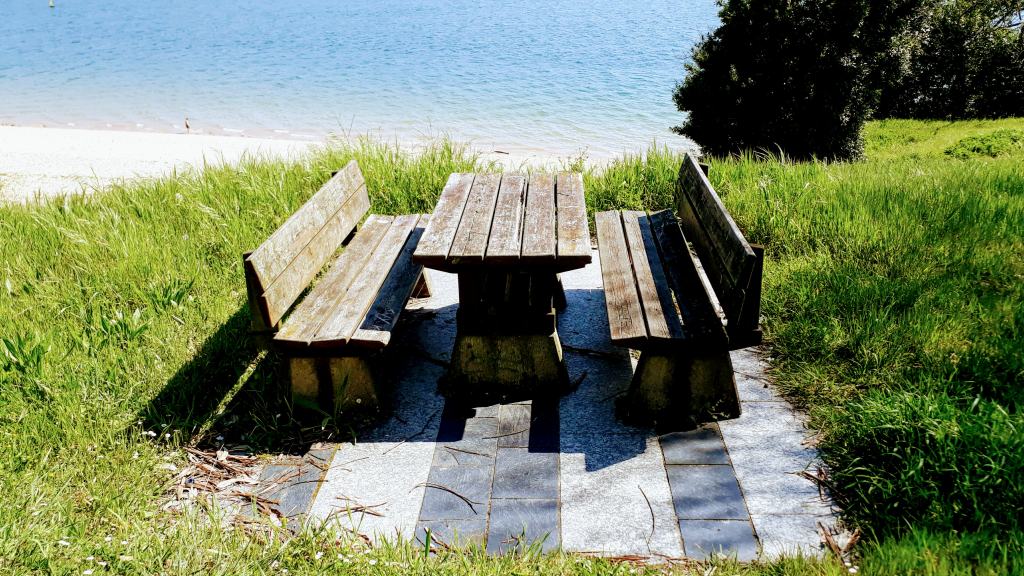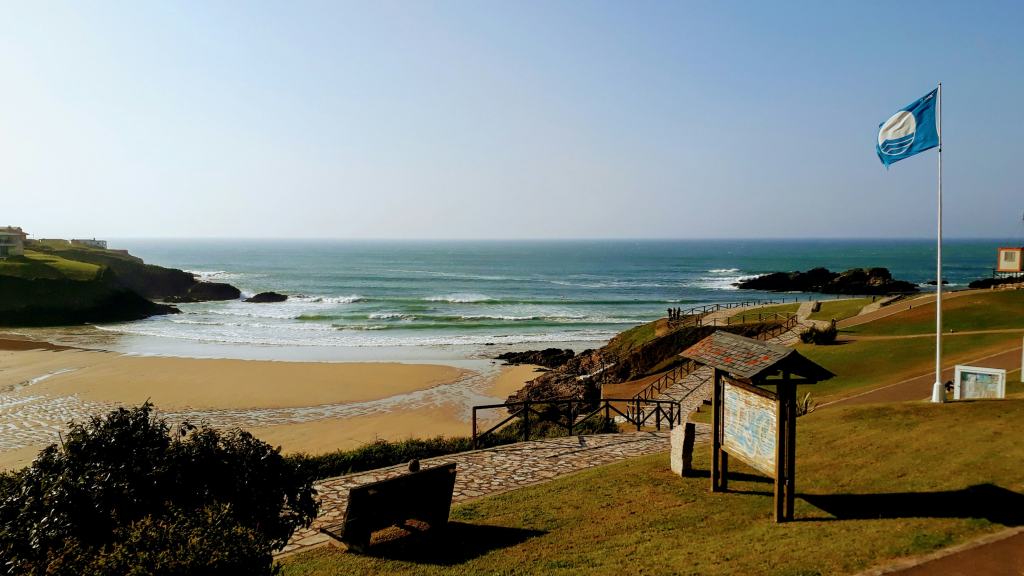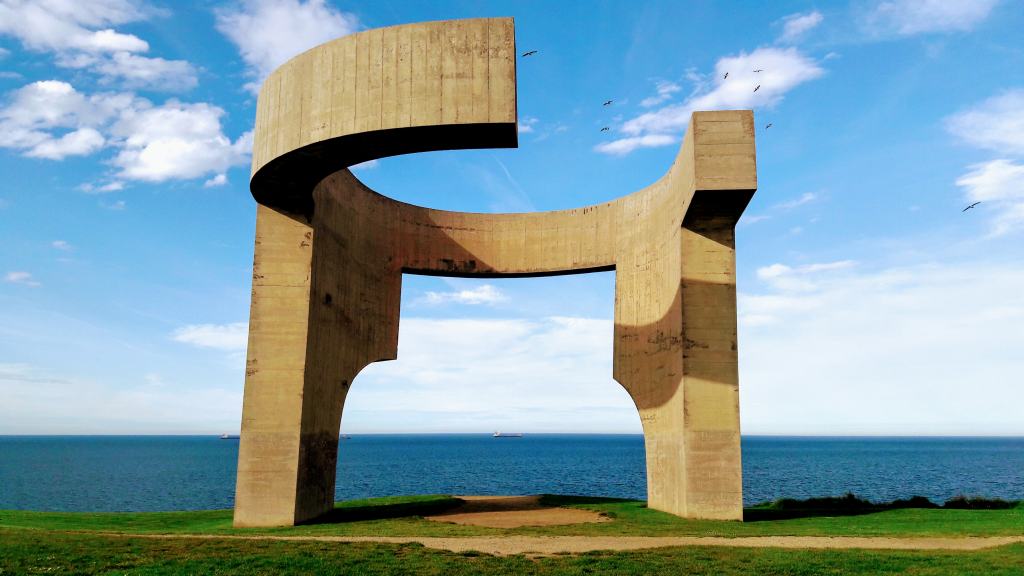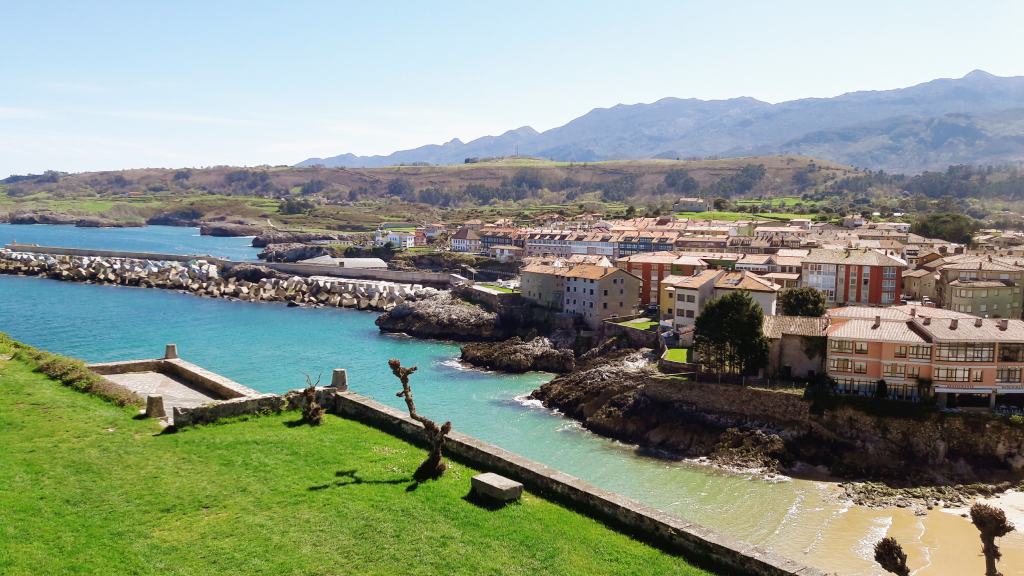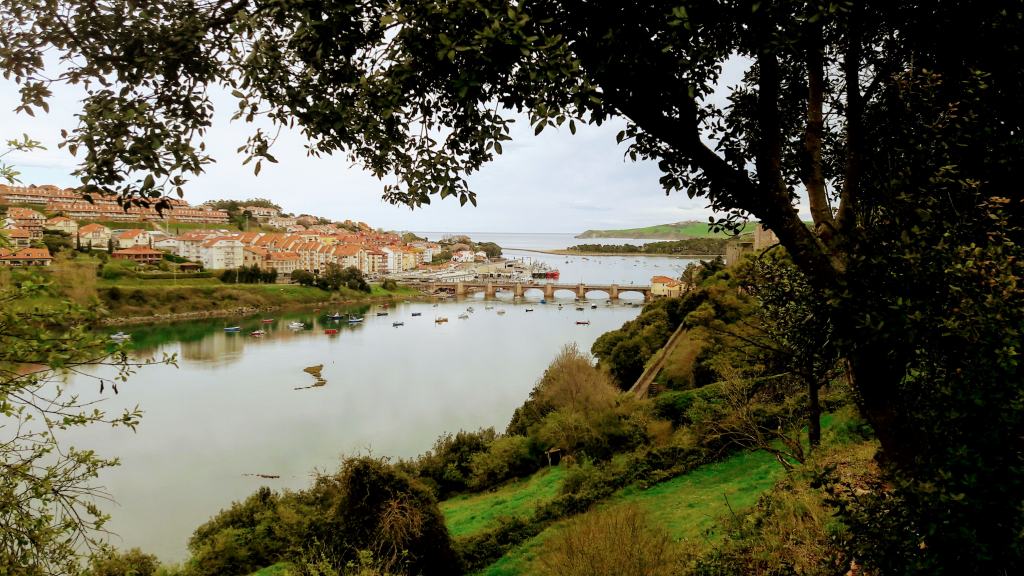Rías Baixas – that’s the name of the four narrow coastal inlets in the south-west of Galicia from Cape Finisterre to the Portuguese border. They have emerged from flooded river valleys and consist of the Ría de Muros, the Ría de Arousa, the Ría de Pontevedra and the Ría de Vigo. Continue reading “Rías Baixas: Galiza – it’s different”
Costa da Morte: At World’s End?
The “Coast of Death” Costa da Morte got its name because of the difficult conditions for navigation and the resulting shipwrecks and deaths. It is the most western coastal section of Spain. For this reason, in the Roman and pre-Roman legends, it is regarded as the “end of the world”, from which the name of Cape Finisterre derives. Continue reading “Costa da Morte: At World’s End?”
A Coruña: Oldest Lighthouse in the World
The 243,978 residents are lucky because this city has it all: beaches, excellent food, the largest port in Galicia and the oldest operating lighthouse in the world. Therefore, it is not surprising that in 2006, A Coruña received as many visitors as it has inhabitants. Continue reading “A Coruña: Oldest Lighthouse in the World”
Ferrol: Picnic & Castelo
Ferrol – the birthplace of Spanish dictator Francisco Franco has been suffering from population decrease for years, which is directly linked to the rapid growth of the contiguous Narón. Neither we were able to take too much pleasure in the town. Nevertheless, here are a few impressions for you. Continue reading “Ferrol: Picnic & Castelo”
Ribadeo: Beach with Online Booking
Our first stop in Galicia is located on the western bank of the River Eo, which separates Galicia and Asturias from each other. The port town of Ribadeo is thus the most northeastern municipality of the autonomous community. Ribadeo is particularly known for the Praia das Catedrais, which causes such a high number of visitors, that one has to register online in order to visit it. Continue reading “Ribadeo: Beach with Online Booking”
Tapia de Casariego: A Beach to Ourselves
Each year at the beach of Tapia de Casariego the Goanna Pro takes place, a competition within the WQS (World Qualifying Series) Surfing Championship, which brings together 45 of the best international surfers as well as numerous spectators. Continue reading “Tapia de Casariego: A Beach to Ourselves”
Gijón: Capital of Costa Verde
Gigia during the Middle Ages and Roman times became Gijón (Spanish) or Xixón (Asturian). Today, the industrial city with one of the main ports of the Spanish north coast, is the economic center of Asturias and also is considered the capital of the Costa Verde. Continue reading “Gijón: Capital of Costa Verde”
Llanes: Paradise Bay
After our trip to the Picos de Europa (mountain range and the second largest national park in Spain) we drove back to the coast to the beautiful Llanes, which has enchanted us with its beautiful old town and cove. Continue reading “Llanes: Paradise Bay”
San Vicente de la Barquera: Bridges, Castle & Beaches
The center of the old fishing village, which is also located on the Camino de Santiago de la Costa, was declared Cantabrian cultural property in 1987. With the snow-capped Picos de Europa mountain range in the background, it is considered one of the most picturesque villages on the Cantabrian coast. Continue reading “San Vicente de la Barquera: Bridges, Castle & Beaches”
Santander: Popular Seaside Resort
The capital of Cantabria fell victim to a disastrous fire in 1941 which almost completely destroyed the old town. Today it is a pilot project for a smart city and can also convince with beautiful beaches and the Magdalena Peninsula. Continue reading “Santander: Popular Seaside Resort”
